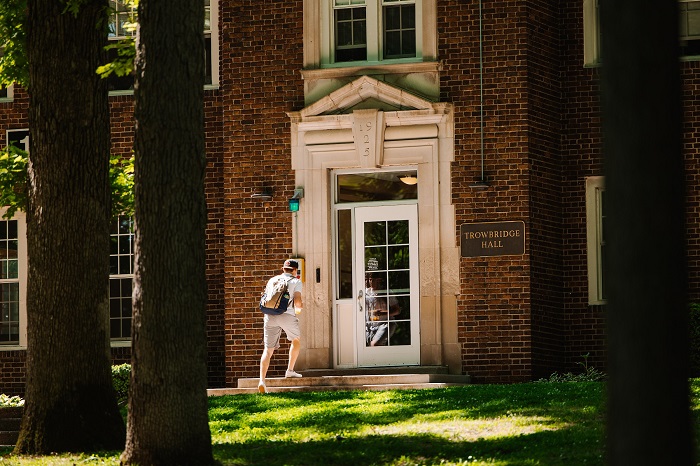
Kalamazoo College is gaining global repute among some of the top institutions in higher education with Money magazine’s recent lists of the best colleges of 2022.
Money ranks K 19th among the country’s liberal arts and sciences colleges and 50th in the Midwest regardless of public or private status. K is the only liberal arts and sciences institution in Michigan to reach either of the top 50 lists.
Money’s methodology focused on graduation rates to score more than 600 colleges in quality, affordability and outcomes with those data points aggregating the net price of a degree, loan-repayment rates, median earnings and some value-added calculations that measure a school’s actual performance against its predicted performance.
The end result, its editor says, is an analysis students and families can rely on to make their best personal choice while ensuring value and positive employment outcomes.
“This year’s Best Colleges list is a new take on our long-standing commitment to helping families make a smart college choice,” Money Executive Editor Mike Ayers said. “We changed things up so more students could use this list to make educated choices about investing in their future.”
The K-Plan, K’s approach to a high-quality education in the liberal arts and sciences, offers well-rounded academics, international and intercultural experiences such as study abroad, a hands-on education through civic engagement and service learning, and independent scholarship, resulting in that excellent value and opportunities for graduates to accomplish more throughout their lives.
“These recognitions are a great honor for K because they prove students can rely on us to provide an excellent education and a terrific value for their investment regardless of the program they choose,” Dean of Admission Suzanne Lepley said. “Their success as students positions them as graduates for great outcomes throughout their careers and beyond.”
